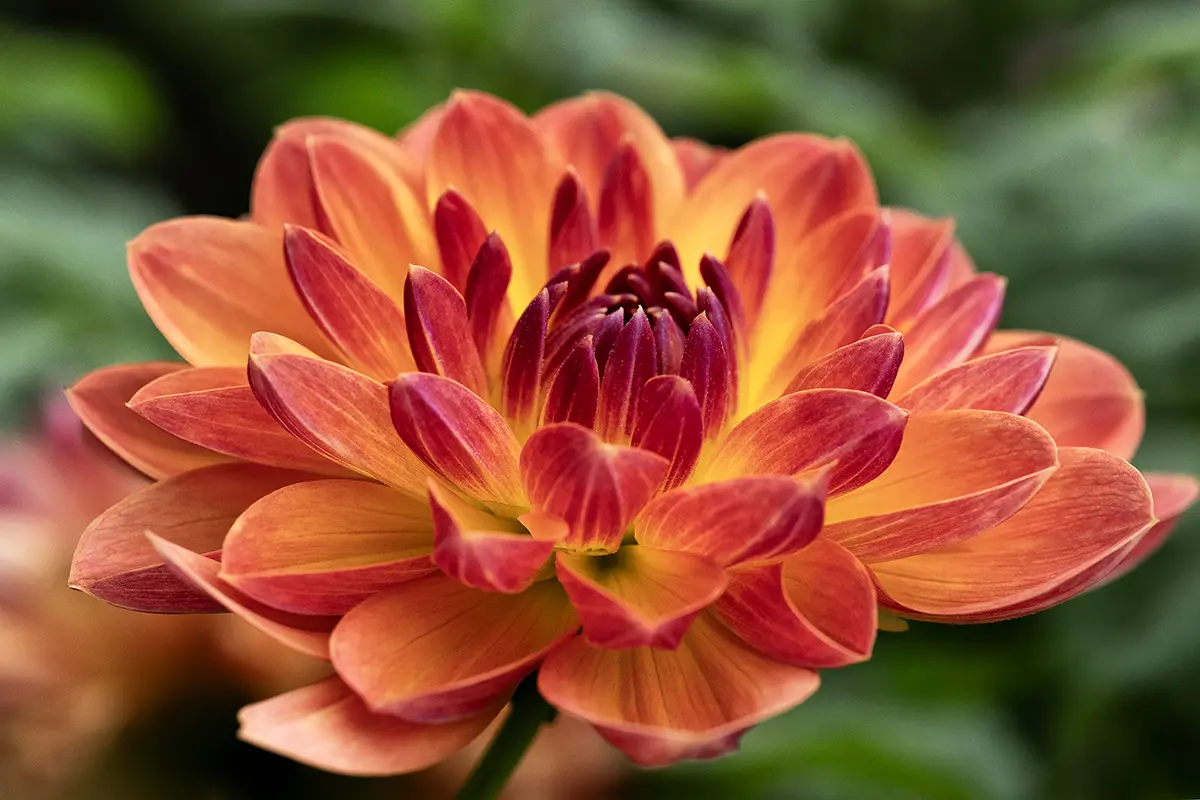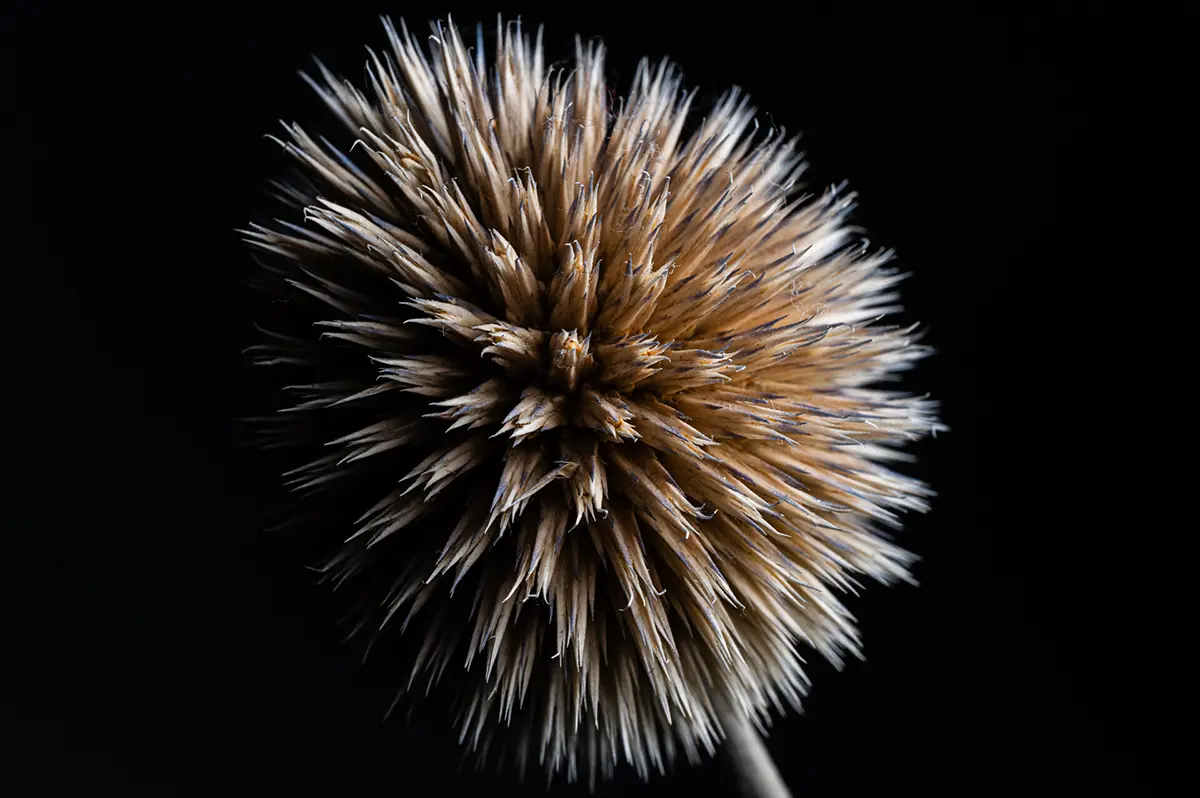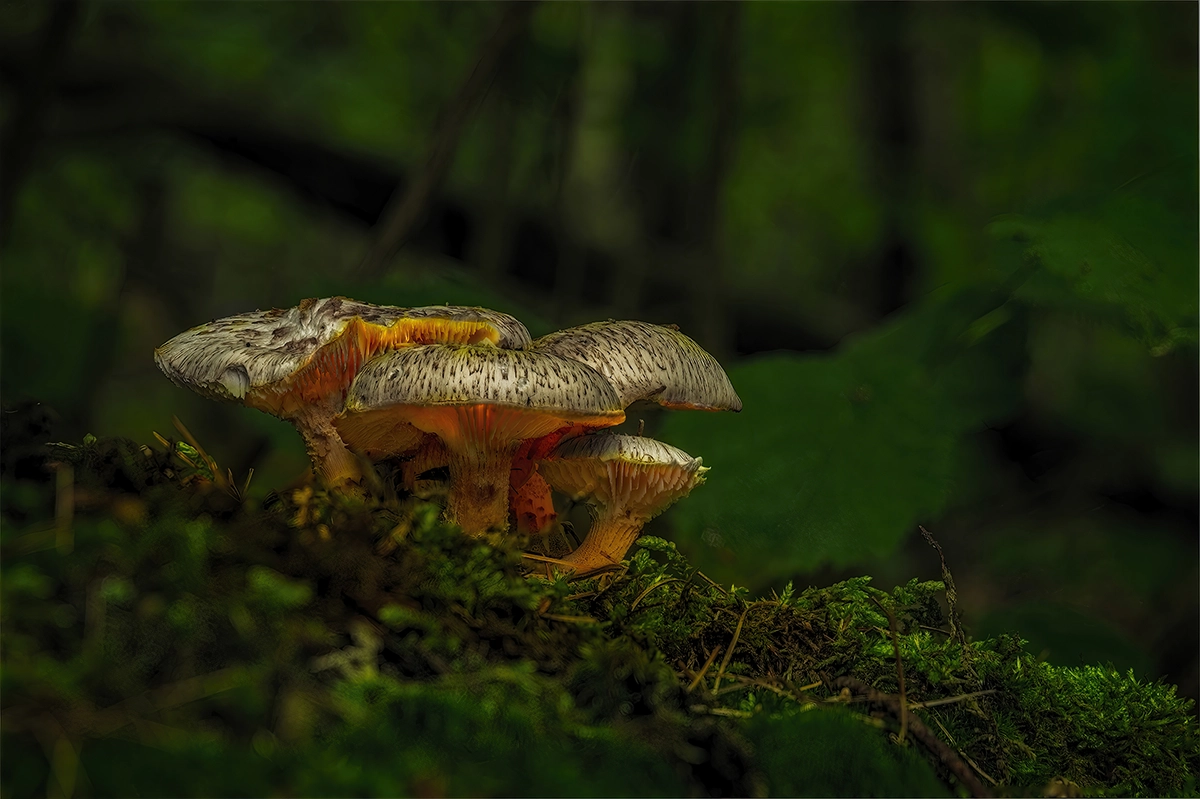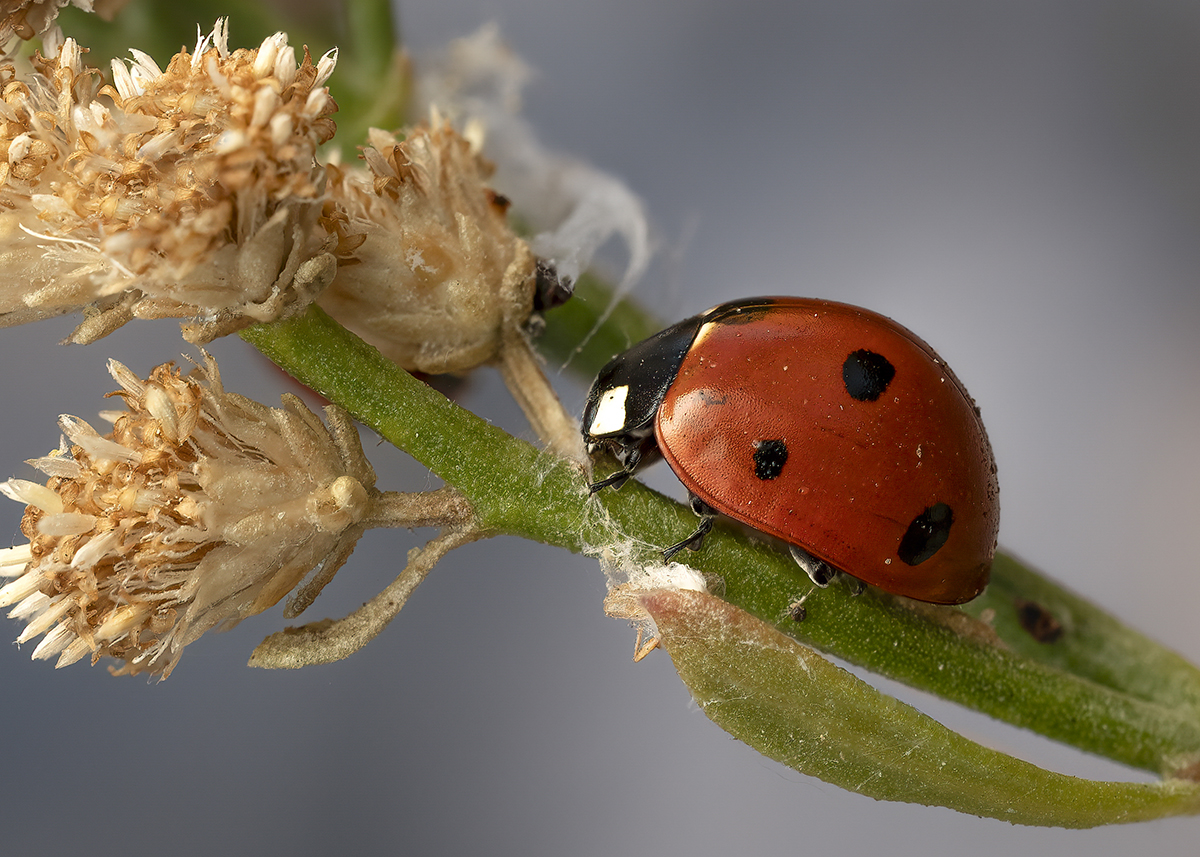
Backyard Bugs
Sydney Carnevale-Baker offers macro lens tips for beautiful insect photos with the Tamron 90mm F2.8.
Author: Jenn Gidman
Images: Sydney Carnevale-Baker
Share Article
Sydney Carnevale-Baker offers macro lens tips for beautiful insect photos with the Tamron 90mm F2.8.
Sydney Carnevale-Baker’s journey into the world of insect macro photography is as inspiring as it is unexpected. “I was never that great at taking pictures,” the Vegas-based health care worker says. “But about two years ago I realized I was working a lot and had no hobbies. I decided to start gardening and soon discovered I wasn’t a great gardener, either.”
Building up her gardens, however, brought more insects to the yard—and sparked an idea. “I’d always say to my husband, ‘Hey, look at this praying mantis!’ or ‘Check out this ladybug!’” Sydney says. “He’s a professional photographer and recommended I start taking pictures of the creatures I was finding.”
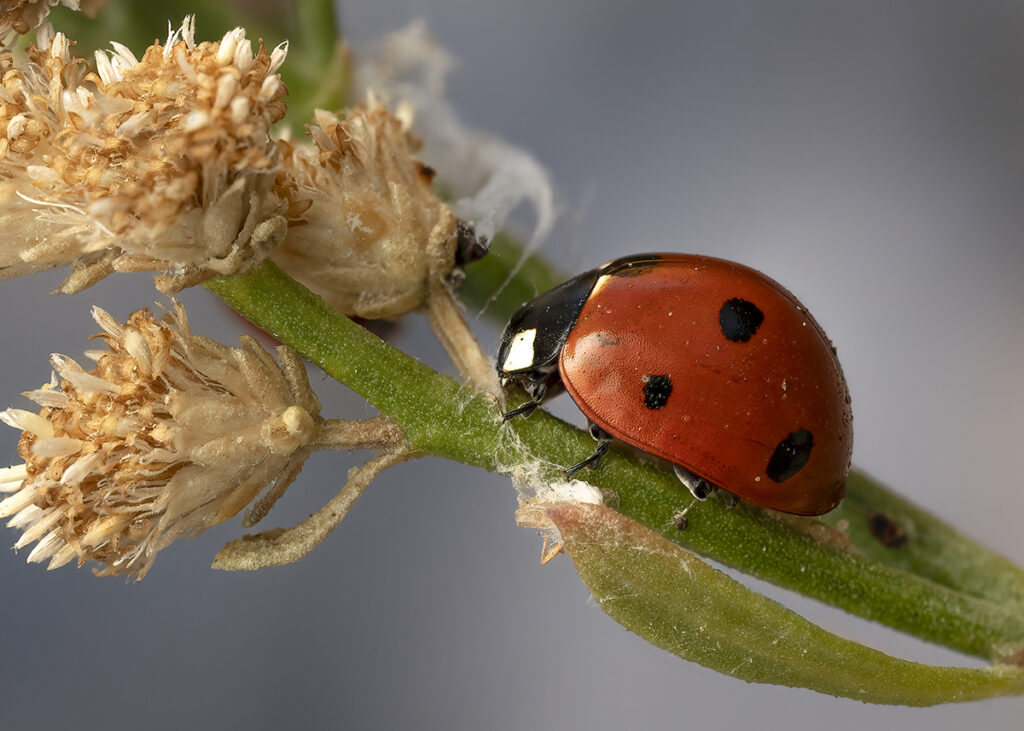
Today, a critical tool for Sydney’s macro shots is the Tamron 90mm F/2.8 Di III VXD M1:1, a compact mid-telephoto 1:1 macro lens ideal for close-up photography paired with her Sony mirrorless camera system. “I only use manual focus, so I love the smooth focus ring on this lens,” says the macro photographer. “I can go millimeter by millimeter as I try to place everything in focus. Plus, with the F2.8 maximum aperture, I’m able to head out early in the morning when the light is still dim to seek out the bugs and spiders before they get too active.”
Sydney offers full disclosure on her new hobby. “When I started this, I was totally afraid of most bugs,” she says. “Now, thanks to the close-up photography techniques I’m able to achieve with my Tamron 90mm F2.8 Macro lens, which enables me to take pictures of all their little hairs and antennas and eyes, my fear has vanished. These days, I’m simply fascinated by them.”
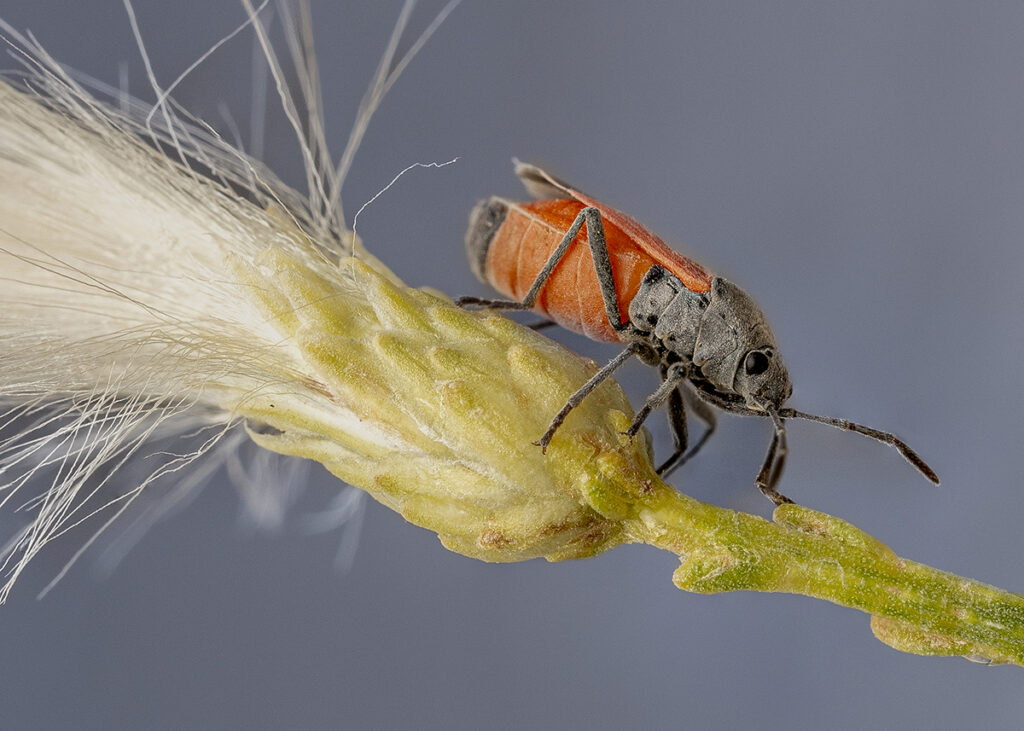
Read on for some of Sydney’s macro shooting tips with her Tamron 90mm F2.8 lens.
SYDNEY’S QUICK MACRO TIPS
Figure out your style, then select subjects that sync.
Although I often have to take what I can get when I’m out in the wild—and that spontaneity can be awesome and lead to amazing pictures that I didn’t expect—much of my insect photography is based on softer colors, not oversaturated ones, so I try to seek out subjects and plant life that match up with that style and are complementary with each other in that regard.
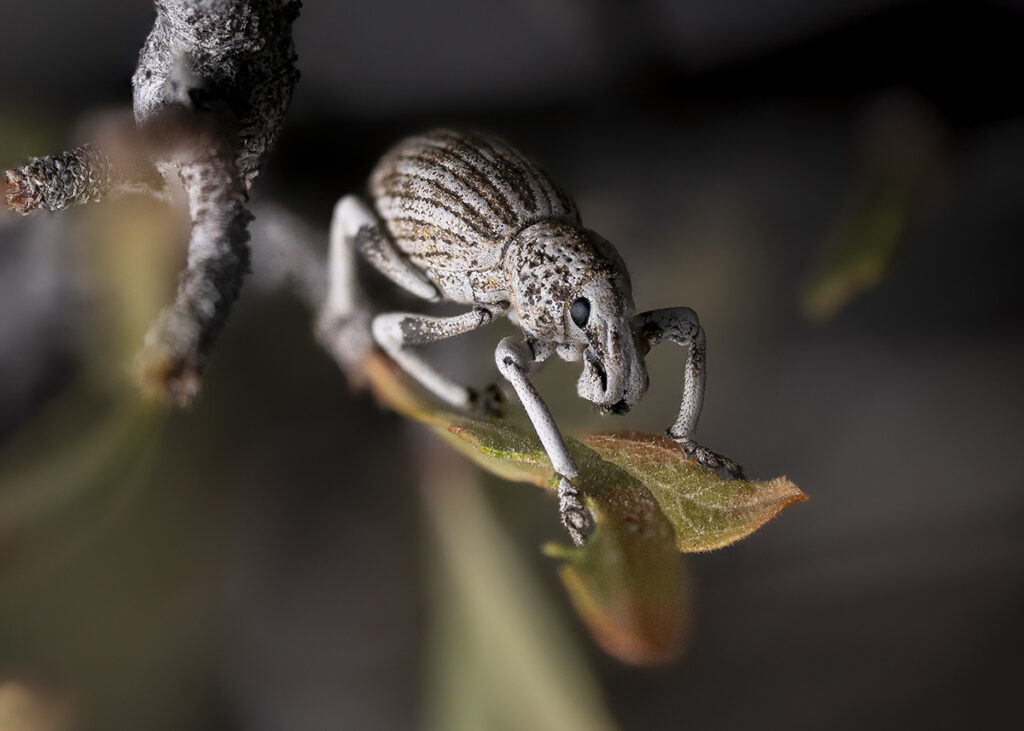
Opposites attract.
There are two main techniques I keep in mind for the best nature photos. First is what I call “stick and a bug,” where I have a very plain stick as the perch, but the main focus stays on the bug. By keeping the stick as nondescript and nondistracting as possible, I keep the focus squarely on the insect.
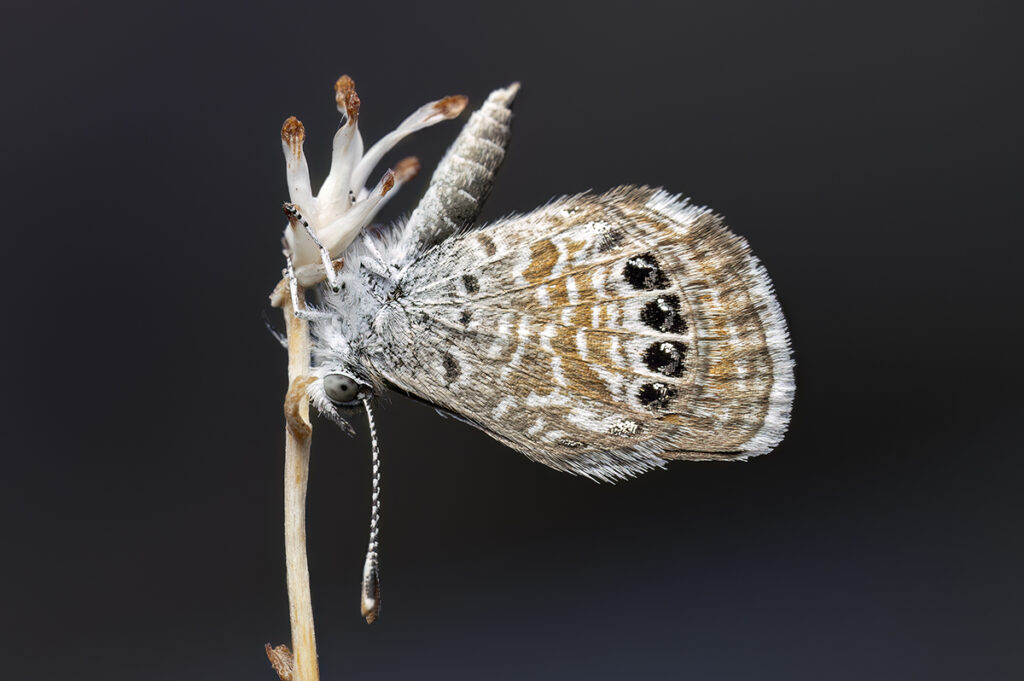
I also love exploring contrasting textures and patterns. I’ll take a photo of a really smooth beetle, for example, on top of a very craggy rock face, or I’ll photograph a butterfly with lots of different colored scales on their wings next to a monochromatic plant. Having those opposing dynamics creates more visual interest.
Use focus stacking.
When taking macro photos of insects, you’ll need to decide where to concentrate your focus, so you can highlight the most interesting features of your subjects. This is where macro photography focus stacking comes into play for me. If, for instance, I want to capture a detailed face portrait of an insect and blur out the background, I’ll confine my focus stacking to a small margin of focal length around the face, then do some wider stacks around the body. I don’t go too wild, though: I usually do manageable stacks of five to 10 frames, not 100 of them.
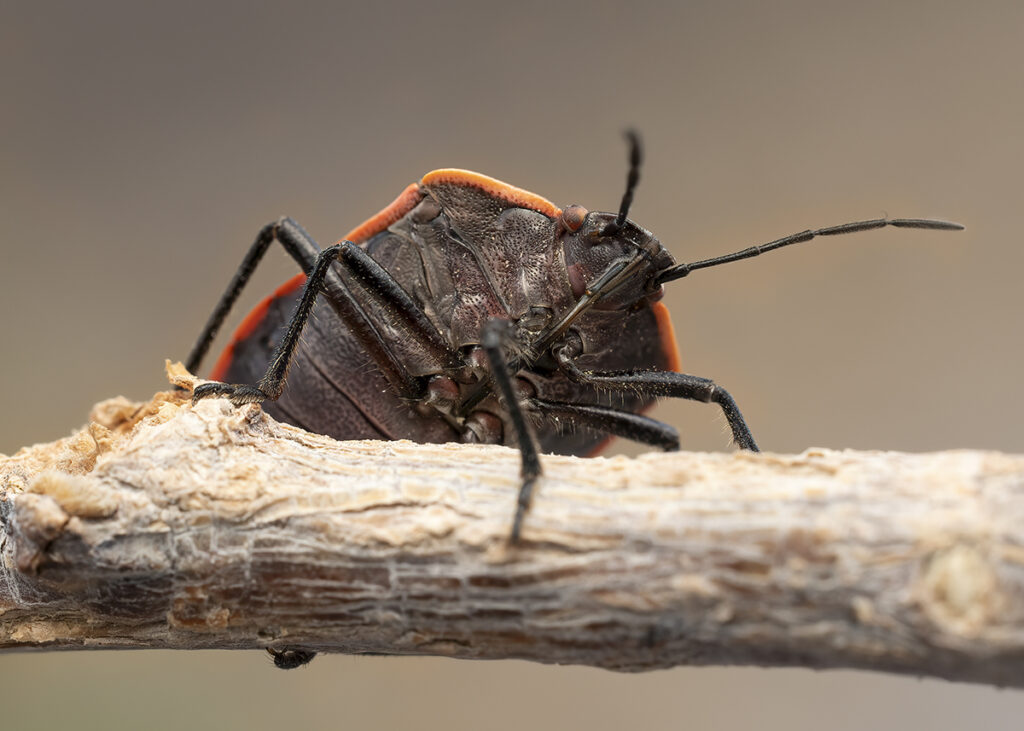
Don’t disrupt your subjects.
I can get super-close with the Tamron 90mm F2.8, with its Minimum Object Distance (MOD) of 9.1” and a 1:1 maximum magnification ratio—especially to the more “docile” bees and wasps in front of my camera. However, I’m cognizant of not stressing out the insects I’m photographing. I let the insects guide the images; I don’t chase them around or lift rocks up to find them.
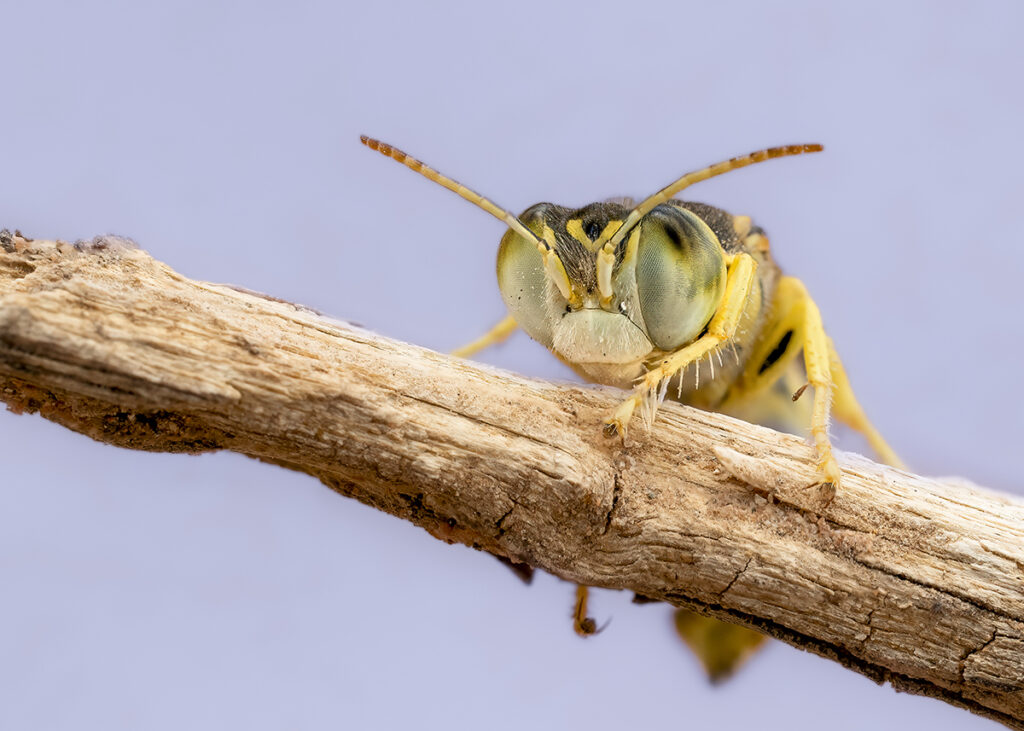
I also read up on the various species before I go out to take pictures to find out how their eyes work and react to light, so I can try to minimize any impact I may have on them. I try to shoot in as much natural light for that reason, though I do have a headlamp and flash I bring with me for occasional scenarios that require lighting assistance.
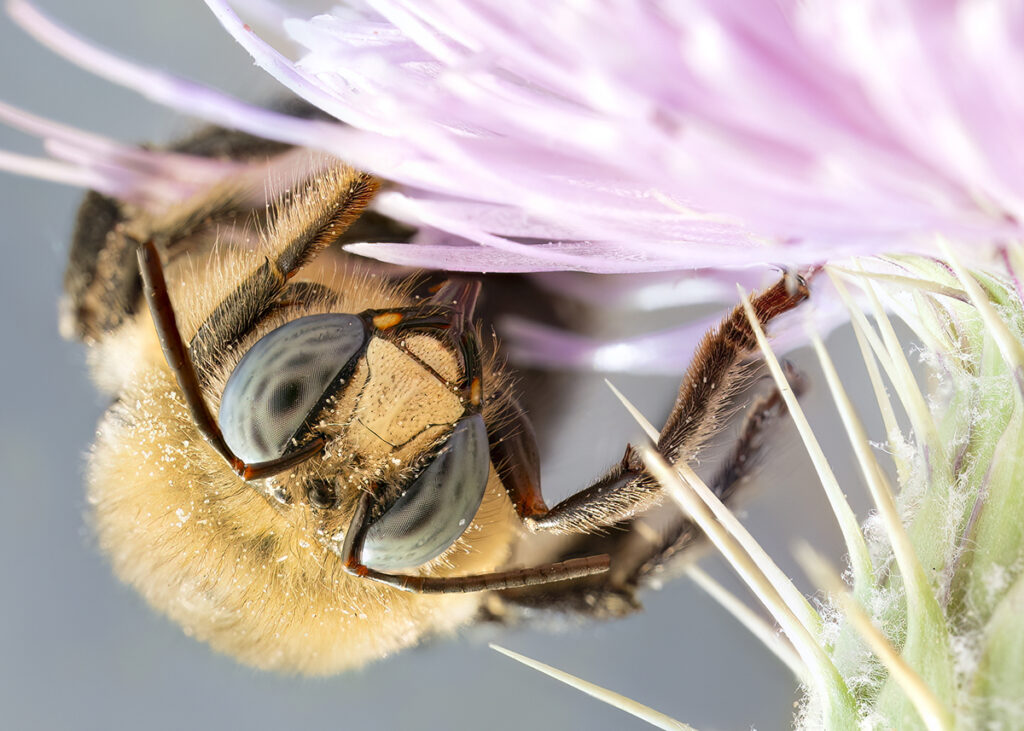
To see more of Sydney Carnevale-Baker’s work, check out her Instagram.
